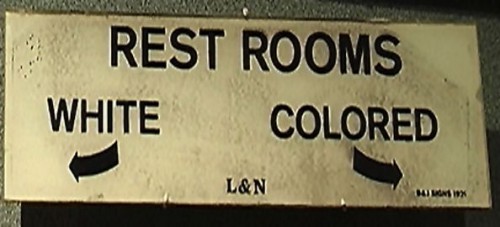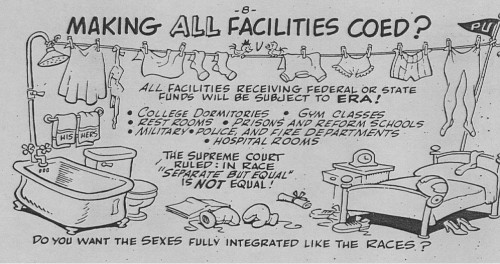Flashback Friday.
A study by doctor Ruchi Gupta and colleagues mapped rates of asthma among children in Chicago, revealing that they are closely correlated with race and income. The overall U.S. rate of childhood asthma is about 10%, but evidence indicates that asthma is very unevenly distributed. Their visuals show that there are huge variations in the rates of childhood asthma among different neighborhoods:

The researchers looked at how the racial/ethnic composition of neighborhoods is associated with childhood asthma. They defined a neighborhood’s racial make-up by looking at those that were over 67% White, Black, or Hispanic. This graph shows the percent of such neighborhoods that fall into three categories of rates of asthma: low (less than 10% of children have asthma), medium (10-20% of children have it), and high (over 20% of kids are affected). While 95% of White neighborhoods have low or medium rates, 56% of Hispanic neighborhoods have medium or high rates. However, the really striking finding is for Black neighborhoods; 94% have medium or high prevalence. And the racial clustering is even more pronounced if we look only at the high category, where only a tiny proportion (6%) of White neighborhoods fall but nearly half of Black ones do…a nearly mirror image of what we see for the low category:

It’s hard to know exactly what causes higher rates of asthma in Black and Hispanic neighborhoods than in White ones. It could be differences in access to medical care. The researchers found that asthma rates are also higher in neighborhoods that have high rates of violence. Perhaps stress from living in neighborhoods with a lot of violence is leading to more asthma. The authors of the study suggest that parents might keep their children inside more to protect them from violence, leading to more exposure to second-hand smoke and other indoor pollutants (off-gassing from certain types of paints or construction materials, for instance).
Other studies suggest that poorer neighborhoods have worse outdoor environmental conditions, particularly exposure to industries that release toxic air pollutants or store toxic waste, which increase the risk of asthma. Having a parent with asthma increases the chances of having it as well, though the connection there is equally unsure–is there a genetic factor, or does it simply indicate that parents and children are likely to grow up in neighborhoods with similar conditions?
Regardless, it’s clear that some communities — often those with the fewest resources to deal with it — are bearing the brunt of whatever conditions cause childhood asthma.
Originally posted in 2010.
Gwen Sharp is an associate professor of sociology at Nevada State College. You can follow her on Twitter at @gwensharpnv.





